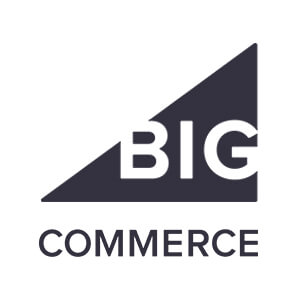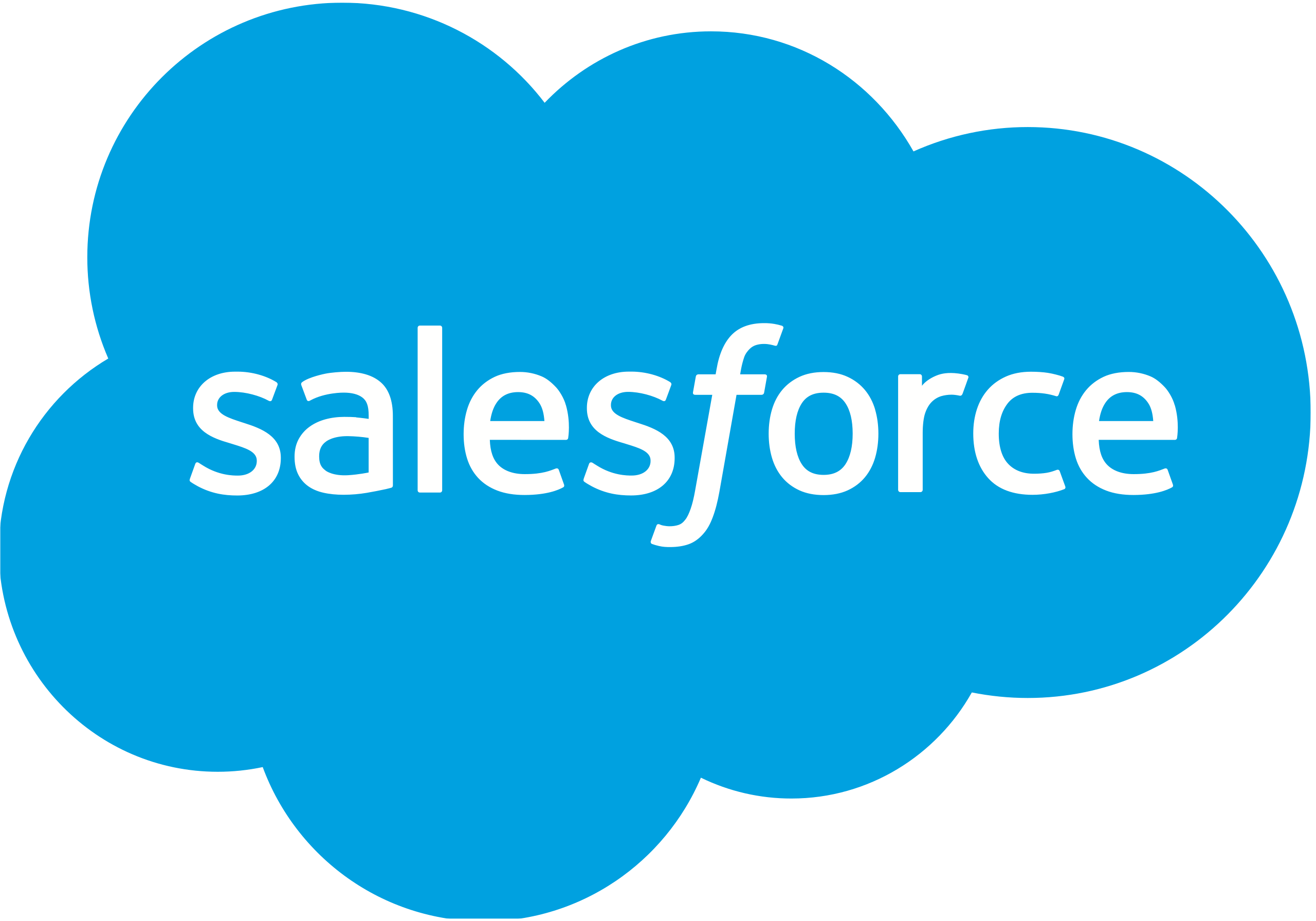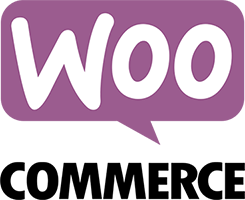There’s such a vast variety of ecommerce platforms that businesses are flush with choice. The downside of all this diversity is that it can be hard to make the right choice, when signing up for a service. For certain types of goods, Shopify might be a great fit, particularly for small businesses. But for larger firms and the enterprise segment, there are many other great options. So here’s a quick guide on how to pick the perfect ecommerce solution for your business, no matter its size.
Checklist for choosing an ecommerce platform
Building and hosting an ecommerce site can be as cheap (US$ 10) or as expensive (US$ 10,000) as you want. But bear in mind that paying less doesn’t automatically ensure a competitive package, while going high-end might not necessarily be cost-efficient.
First, decide on your target audience. No matter what you’re selling, this is sure to include social media users, as Facebook alone has more than 2.7 billion active members each month. The good news is that some platforms (like BigCommerce) let you sell directly to potential buyers through built-in integration with Instagram and Facebook.
Thinking ahead to the future
Depending on the size of your catalog, you might need to plan for many product pages. This means you should avoid platforms with low stock keeping unit (SKU) limits that could hobble the presentation of your products and services, plus options and variants.
Multi-channel customer service is a must, with easy access through chat rooms, emails or telephone calls. Although chatbots can handle routine contacts (product information, booking appointments, special promotions etc.) very effectively, there are times when fast access to a real, live person can close a sale or soothe an irate customer.
Make sure you leave plenty of room for growth, particularly if your business is just moving into the ecommerce field. At the start, high-traffic capability might seem unimportant – but your ecommerce sales might balloon, so it’s important to pick a highly scalable hosting infrastructure that won’t crash your site when traffic surges.
Drawing up an eCommerce platform budget
Having decided what you need from an ecommerce platform, it’s now time to think about how much you can actually afford. So when drawing up your ecommerce budget, decide how much you can spend on start-up outlays, like web design and functionality. Then think about your regular monthly fees for hosting, licensing, maintenance, and security, as well as once-off costs for creating custom apps.
Before signing up for a particularly affordable plan that meets your needs right now, take a few minutes to look ahead to the future. Although you can switch hosts whenever you want, migrating your entire website can be a massive job for your staff, and a huge hassle for your customers (which could undermine sales and tarnish your brand).
Types of Ecommerce platforms
Whether a hosting environment is on-premise or cloud-based, all updates and patches must be implemented by hand. There are basically three major options, each with its own advantages:
- Open Source platforms are on-premise solutions that are popular with tech-heavy firms wanting (and able) to control their ecommerce environment and tweak their codes into customized (and often expensive) solutions.
- SaaS platforms are cloud-hosted, offering software as a service, which often includes cost-effective setup packages that get businesses to market quickly and affordably, usually with monthly maintenance fees as well.
- Headless commerce platforms are cloud-based, with decoupled shopping cart solutions plugged into lower-cost content management systems like Drupal or WordPress.

See how Transmyt can drive massive amounts of growth for your business.
-
SEO – Unlock massive amounts of traffic.
-
Content Marketing – Our team creates engaging content that will get shared + attract customers.
-
Paid Media – Effective paid strategies with clear ROI.
-
Website Development – Cutting edge technology platforms.
Drawing up a shortlist
Each ecommerce platform has its own specific upsides and downsides – and only you know what’s vital for your business today, and what leads towards your dreams for tomorrow. So here’s a quick overview of seventeen solutions, just to get you started on your ecommerce journey:
Big Cartel is designed for smaller businesses with limited catalogs and no need for more sophisticated features, typically crafters, jewelry makers, clothes designers, musicians and other creatives;
BigCommerce is a growing open SaaS platform provider that is moving steadily into headless commerce, with flexible APIs and low total ownership costs, particularly for small businesses and its start-up plans;
CoreCommerce provides ecommerce services to small and medium-sized businesses through an easy-to-use platform with no hidden charges, as prices are defined by bandwidth, products and storage requirements;
Episerver focuses on personalization and content for mid-market and enterprise-level businesses, blending content management with digital marketing and ecommerce into a one-stop-shop headless commerce solution;
Kibo is an omni-channel platform provider that is among the most modern SaaS solutions, after its acquisition of the Mozu ecommerce platform;
Magento is an open-source solution that is typically on-premise and designed for IT-heavy businesses;
Magento 2.1 Enterprise Edition is the latest version of this popular open-core ecommerce platform;
OpenCart allows merchants to manage multiple products, stores and payment options through an on-line open-source store management program that is popular with small businesses and mid-market merchants;
SalesForce Commerce Cloud is a favorite with high-profile fashion retailers, formerly known as the Demandware SaaS ecommerce platform provider like Shopify and BigCommerce;
Shopify is a public SaaS ecommerce platform provider that is well-funded and popular with hobbyists, starter stores and brands with small catalogs;
Shopify Plus is the Shopify enterprise solution for high-growth merchants wanting to manage all their stores from a single location through sophisticated apps;
WooCommerce is popular with hobbyists, bloggers and starter stores, as it’s free to use, with Bluehost making it easy to build a website on this open-source platform, complete with pro tools, a cart solution and brand content on WordPress.
So what’s the best ecommerce platform?
That depends. If you do business overseas, you need foreign currency support, or if you have a bricks-and-mortar store, then a mobile credit card processing system for point-of-sale use is desirable.
There are so many features to choose from in all these ecommerce platform packages, that it’s never been easier to tailor an online store to your exact requirements. Better still, a wide range of ecommerce models keeps website design costs low.
It’s a tricky decision, right? So if you’d like a little advice in reaching a prudent but far-sighted decision, we’d be happy to offer some expert guidance. Because there’s really only one person who can decide on the best ecommerce platform for your business – and that’s you!
Want more insights?
Subscribe to our weekly marketing tips and advice, delivered straight to your inbox.
Oops! We could not locate your form.
Keep Reading
Want more? Here are some other blog posts you might be interested in.
Confusing a launch plan with a GTM strategy is one of the fastest ways to stall growth. A launch plan gets ...
On Monday, October 20, 2025, Amazon Web Services experienced a major incident centered in its US-EAST-1 region. The problem began in ...
There is a certain kind of account that arrives wrapped in urgency and praise. They hire you because you are the ...
For founders and growing companies
Get all the tips, stories and resources you didn’t know you needed – straight to your email!















